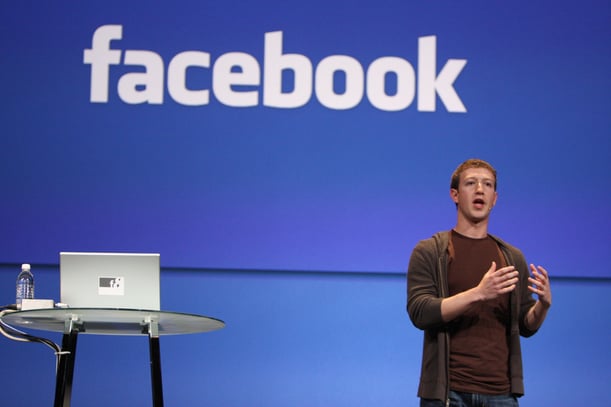What the buy button and Facebook articles have in common
What the buy button and Facebook Articles have in common
The Takeaway: Buy buttons may have less to offer than many retailers realize.
Today's retailers face a lot of pressure to meet consumer expectations. Shoppers demand more convenience than ever before, and those firms that struggle to satisfy these expectations are falling behind their rivals.
With that in mind, buy buttons naturally look like a great option for retailers. After all, what's more convenient than single-click shopping, especially when combined with product advertisements?
But there's a problem: While buy buttons may add a few sales here and there, they run the risk of undermining the customer relationship, and that can have serious consequences.
In a lot of ways, the situation is similar to what we're seeing with Facebook Articles.
A dangerous tradeoff
Just like buy buttons, Facebook Articles - that is, news articles that publishers are posting directly onto Facebook - seem like a no-brainer at first. After all, these publishers have been struggling to reach readers for years now, and directly publishing via Facebook greatly increases their articles' visibility (not to mention speedy loading time!). Last year, a study from the Pew Research Center and the Knight Foundation found that 63 percent of Facebook users get news through the social network. Both Facebook news articles and buy buttons make consumption more convenient.
But while this seems well and good, the issue lies in the fact that when readers can get their news through Facebook, they no longer have much incentive to visit the publishers' websites. That means a typical Facebook user will not see other potentially interesting news articles from that same publisher once he or she is finished reading. From the publishers' perspective, this is basically a customer dead end.
 Facebook Articles and buy buttons have more in common than meets the eye.
Facebook Articles and buy buttons have more in common than meets the eye.That seriously undermines ad revenue for these firms. Publishers were initially upset by the restrictions Facebook imposed on how they advertised when posting articles directly to Facebook. Recently, Facebook offered a solution that addressed this specific problem. At the same time, though, the bigger issue - the diminished connection between publishers and their readers - remains.
Buy button comparison
With buy buttons, the situation is very similar.
"With buy buttons, the transaction ends right then and there."
When consumers hit buy buttons on Google, they never make their way to the retailers' websites - the transaction ends right then and there. That eliminates the potential for cross-sell and up-sell opportunities, which account for a big portion of many ecommerce retailers' revenue. Just like with Facebook Articles, these buy buttons are a dead end.
What's more, buy buttons may erode the relationship between brands and customers. When shoppers don't even end up visiting a retailers' website, they can't possibly develop a sense of what the merchant has to offer or what kind of company it is. That means the customer is unlikely to return in the future.
Buy buttons may capture a few additional sales that wouldn't have occurred otherwise. At the same time, though, they may also result in missed opportunities to develop loyal, repeat customers. Ultimately, that's simply not a tradeoff worth making for most retailers. Customer convenience is critical, but it doesn't override all other considerations.
Tag(s):
Omnichannel Commerce Strategy
Written by: Jenni Lee
Jenni is a part of the marketing team. She works on Salsify's blog, social media, and other word-related activities. Lover of cats and good food.
Recent Posts
Ecommerce Marketing
|
12 minute read
The Art of the Impulse Buy: 70% of Shoppers Say Discounts Drive Unplanned Purchases — Here’s Why
Read More
Ecommerce Marketing
|
10 minute read
What Does It Take To Have a Good Brand Reputation in 2025?
Read More
Ecommerce Trends
|
11 minute read
What Is Commerce Media — and How Can It Optimize Your Marketing Spend?
Read More
Subscribe to the Below the Fold Newsletter
Standing out on the digital shelf starts with access to the latest industry content. Subscribe to Below the Fold, our monthly content newsletter, and join other commerce leaders.

.svg)